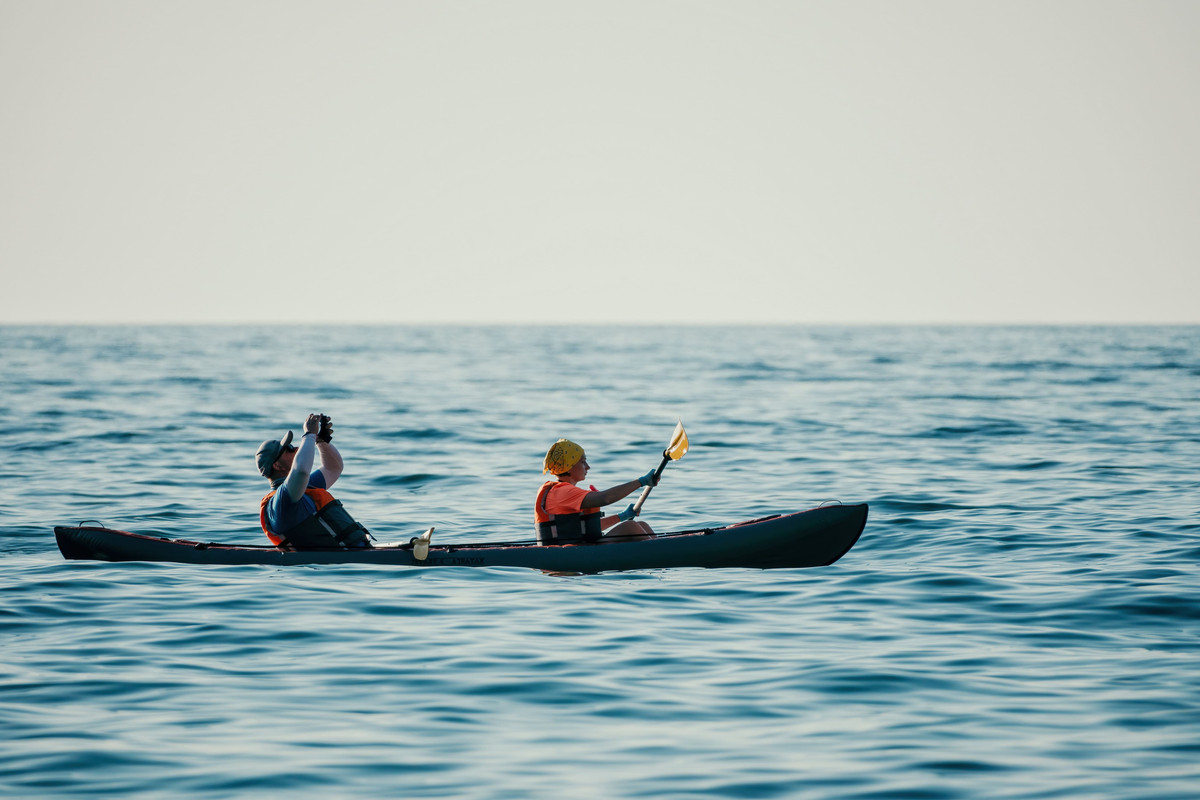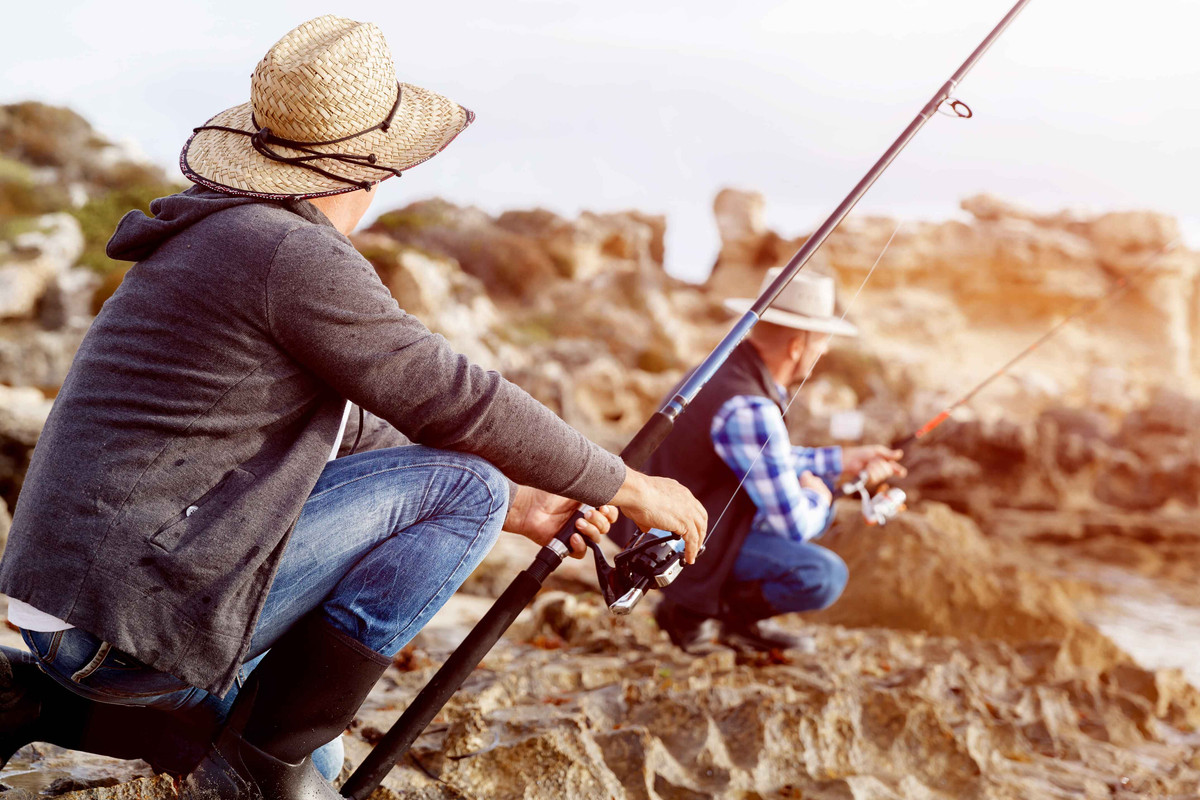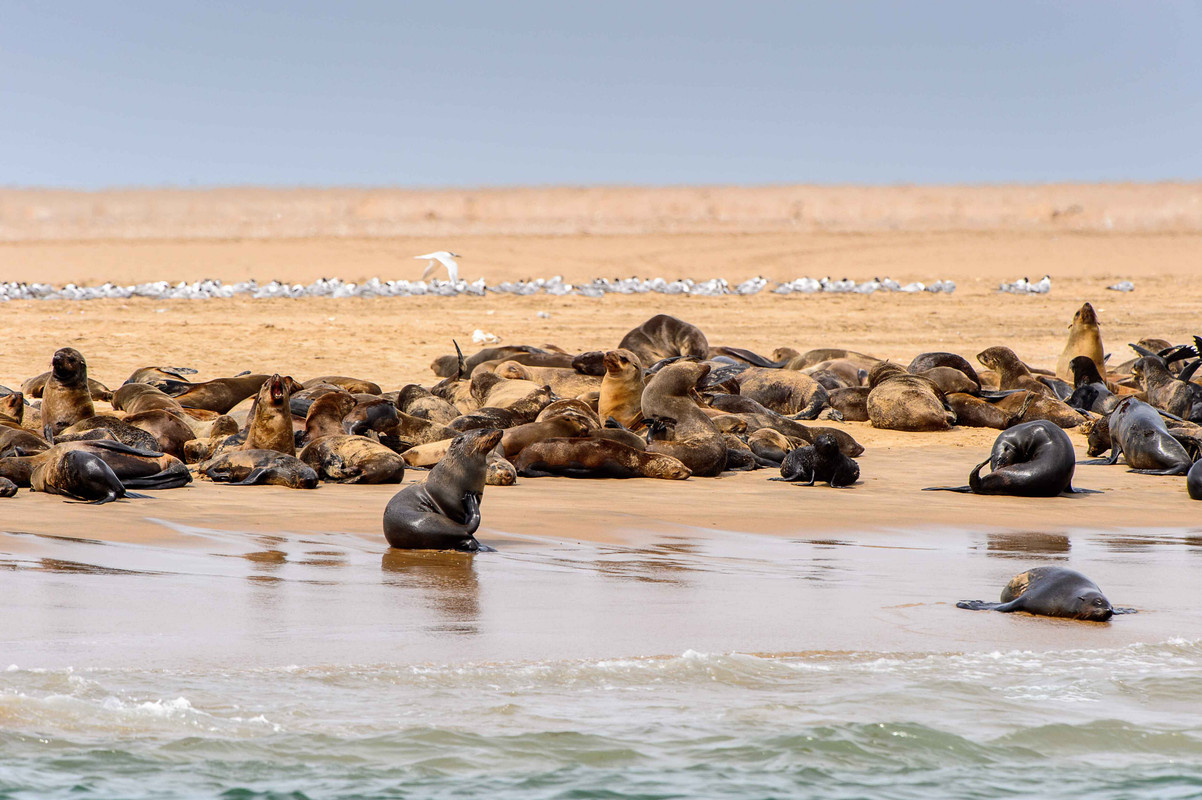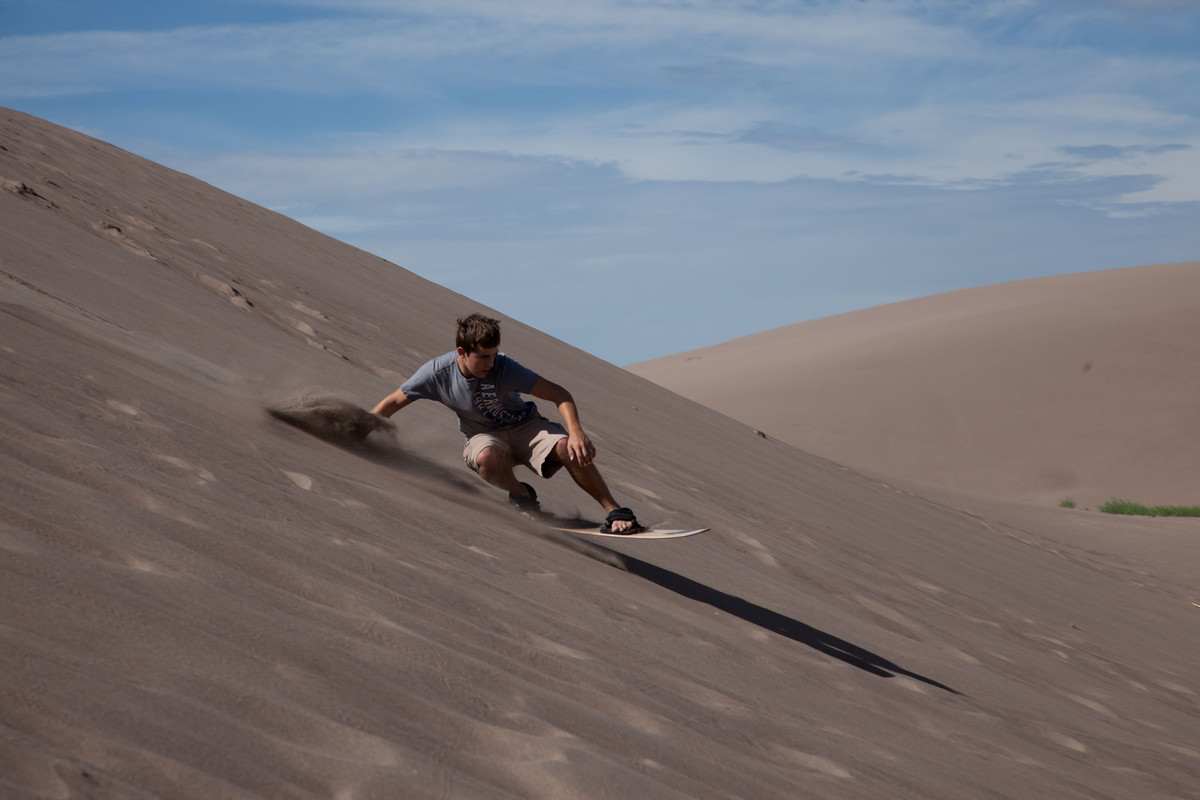Namibia is so much a traveller dream with its enormous deserts, dramatic landscapes and pristine coastline. Although most people relate Namibia with desert safaris and wild life tourists, the Atlantic coastline has a special beauty to water sports lovers. To those planning to visit Namibia, it is important to know how to go with the Namibia eVisa process. After arriving in the country, there is water based sports such as kayaking and fishing which serve as memories that are truly memorable and which mix adventure and calm beauty of the Namibian coast.
In this guide we shall first cover all you need to know about the Namibia eVisa, and then move on to the best water based activities that need to be covered on the Namibia coastline.
Namibia eVisa: Everything You Need to Know
Namibia has an easy online visa system that travelers to the country can use provided they belong to the eligible countries. This is an electronic visa (eVisa) that will help streamline entry into Namibia so that tourists, business people and adventure hunters find it easier to visit the country without the burden of traveling to a conventional embassy.
What is the Namibia eVisa?
The Namibia eVisa is a formal electronic permit to travel, which enables qualified visitors to have short term entry to Namibia. It is an online issue and this implies that you do not have to collect a physical visa stamp in your passport prior to that. This online strategy is safe, easy, and is in line with current traveling trends.
Who Can Apply for a Namibia eVisa?
Applications Namibia eVisa can be made by eligible travelers of many countries through the Internet. Although the list of the countries eligible may vary, most of them usually encompass travelers in Europe, North America, part of Asia, as well as a few countries in Africa. The applicants should possess a valid passport that has not expired less than six months of the day of entry to Namibia.
Types of Namibia eVisa
There are generally three types of eVisas available:
- Tourist eVisa – For leisure travel, sightseeing, and short-term tourism activities.
- Business eVisa – For attending conferences, meetings, or other professional activities.
- Transit eVisa – For travelers passing through Namibia en route to another destination.
For water-loving tourists interested in kayaking and fishing, the tourist eVisa is the most relevant.
How to Apply for a Namibia eVisa
The process for a Namibia eVisa Application is straightforward:
- Visit the Namibia eVisa Portal – Access the official online application platform.
- Complete the Application Form – Fill in personal details, passport information, and travel plans.
- Upload Required Documents – Typically, you’ll need a passport scan, a recent photograph, and proof of travel (such as flight details).
- Pay the eVisa Fee – Payment is made online using a credit or debit card.
- Receive Confirmation – After processing, the eVisa will be emailed to you. Print a copy or save it on your device for presentation at immigration.
Processing Time
Namibia eVisas are generally processed within 3 to 5 business days, although it is advisable to apply two weeks before travel to account for any unforeseen delays.
Key Benefits of the Namibia eVisa
- Convenience: Apply from anywhere without visiting a consulate.
- Time-Saving: Avoid long queues at visa application centers.
- Security: Digital records minimize the risk of lost documents.
- Flexibility: Suitable for both short-term tourism and business visits.
Tips for a Smooth eVisa Experience
- Double-check your passport validity.
- Ensure your photo meets the official specifications.
- Keep digital and printed copies of your eVisa.
- Apply well in advance to avoid last-minute issues.
Now that we’ve covered the essentials of the Namibia eVisa, let’s dive into why the country’s coast is a paradise for water lovers.
Namibia for Water Lovers: Kayaking & Fishing Adventures
When people praise Namibia because of the Namib Desert and the Etosha National Park, they are actually doing it a favor in response to the little secret the Atlantic coastline of Namibia has to present to water sports enthusiasts. The Namibia coast includes both the calm lagoons and the mighty ocean waves and is now a haven to both the relaxation and the thrill-seekers.
The Namibian Coast: A Water Lover’s Playground
Along the Atlantic coastline, Namibia has a coastline that extends to 1,500 kilometers which has a blend of sandy and rocky cliffs and colorful fishing villages. Popular coastal resorts such as Swakopmund, Walvis Bay, and LUderitz are water action centers and each has its own distinctive experience to offer to tourists.
Kayaking in Namibia

Rafting on the coast of Namibia is an exciting activity of enjoying the marine beauty of the country. Whatever your level of experience, be it a beginner or an expert, the waters of Namibia offer many different conditions:
- Walvis Bay Lagoon: With its quiet and secured lagoon, this makes it perfect in kayaking. Cruise through flamingos, pelicans and other birds and relax on the serene waters. There are guided tours which are safe and informative.
- Atlantic Ocean Excursions: To those who are more daring, kayaking in the open sea off Swakopmund is hard core. During the season of migration watch out seals, dolphins, and even whales.
Tips for Kayaking in Namibia
- Always wear a life jacket.
- Check the weather and tide conditions before heading out.
- Opt for guided tours if you are unfamiliar with the coastline.
- Bring waterproof gear for cameras and phones.
Fishing Along the Namibian Coast

Another key attraction to water lovers visiting Namibia is fishing. The cold Benguela Current also renders the waters along the coastline nutrient-enriched, which promotes a wide-ranging marine ecosystem. Both deep-sea and shore-based fishing are available to the anglers.
Top Fishing Spots
- Walvis Bay – Known for its rich population of kob, steenbras, and yellowtail.
- Swakopmund Jetty – Offers excellent shore fishing opportunities.
- Lüderitz – Famous for trophy-sized fish like galjoen and kabeljou.
Fishing Seasons
- Summer (November to March): Ideal for shore and lagoon fishing.
- Winter (June to August): Best for deep-sea fishing and targeting larger species.
Fishing Tips
- Hire a local guide to navigate the best fishing spots.
- Bring appropriate gear for saltwater fishing.
- Follow sustainable fishing practices to protect marine life.
Combining Kayaking and Fishing
There are adventure operators in Namibia who also offer a combination of kayaking and fishing. This enables the visitors to row through beautiful lagoons or serene shorelines areas as they cast their lines in search of fishes. It is a special experience to enjoy both activities at the same time, which makes your journey at the coast even even more memorable.
Other Coastal Experiences
Namibia’s coast offers more than kayaking and fishing. Consider exploring these water-based experiences:
- Seal Cruises: Departing from Walvis Bay, these cruises take you close to seal colonies and other marine life.

- Dolphin and Whale Watching: Spot dolphins year-round and whales between July and November.
- Sandboarding & Beach Adventures: Pair your water activities with some fun on the dunes near Swakopmund.

Safety Considerations
While Namibia’s coast is beautiful, it’s important to stay safe:
- Be aware of strong currents in the Atlantic Ocean.
- Avoid isolated beaches without local guidance.
- Follow weather advisories for kayaking and fishing trips.
- Wear sun protection, as coastal sunlight can be intense.
Planning Your Trip
To make the most of your Namibia coastal adventure:
- Apply for Your eVisa Early: Give yourself at least two weeks for processing.
- Choose Your Base: Swakopmund is perfect for kayaking and beach activities, while Walvis Bay is ideal for fishing.
- Book Tours in Advance: Guided kayaking and fishing tours ensure safety and a richer experience.
- Pack Accordingly: Bring water sports gear, sunscreen, a hat, and comfortable clothing.
- Stay Flexible: Weather can influence coastal activities, so plan alternative days for kayaking or fishing if needed.
Conclusion
Namibia is not only a desert destination. It has a coastline that has a lagoon that contains the water lovers and has fishing adventures where there are nutrient-saturated waters. Combined with the Namibia eVisa, it has now become easier than ever to plan a trip to the coast.
Be it paddling with the playful dolphins, fishing for a trophy fish, or just relaxing in the ocean scenery, Namibia coastline is bound to give you memories that you would always remember. The experience of beauty and adventure of Namibia can be fully enjoyed by thoroughly familiarizing oneself with the process of eVisa and by selecting the most favorable water-based experiences.

























